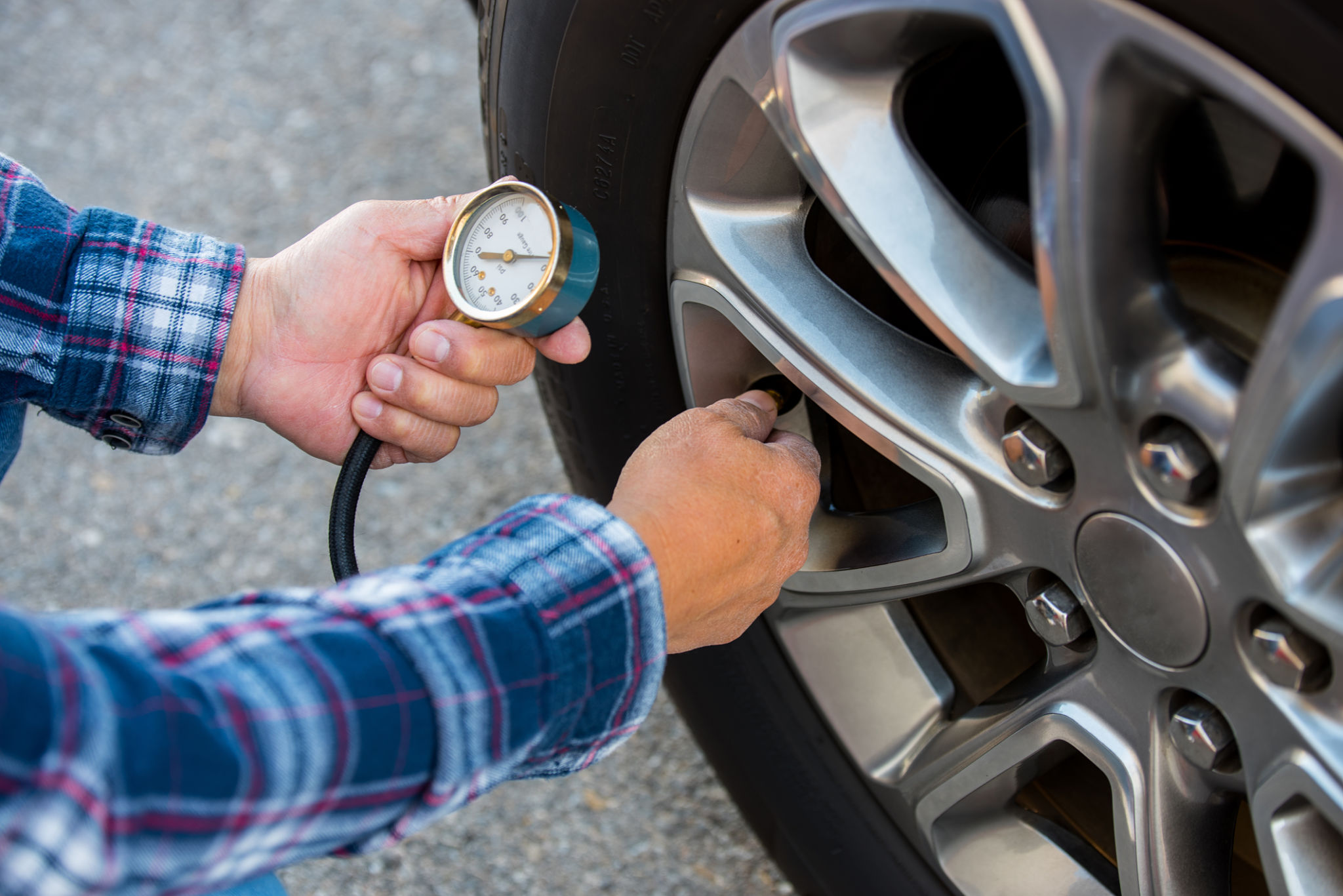DIY Tips for Preventing Vehicle Breakdowns
Regular Maintenance Checks
One of the most effective ways to prevent vehicle breakdowns is by performing regular maintenance checks. Routine inspections help identify potential issues before they become major problems. Start by checking the oil level and condition, as oil is essential for keeping your engine running smoothly. Remember to replace the oil according to the manufacturer's recommended schedule.
Another critical component to inspect is the battery. Look for signs of corrosion on the terminals and ensure that the battery is securely mounted. A weak or failing battery can leave you stranded, so consider testing it regularly with a voltmeter. If it's older than three years, consider replacing it as a precaution.

Tires and Brakes
Tires are your vehicle's only contact point with the road, making them crucial for safety and performance. Check the tire pressure monthly and ensure it matches the recommended levels found in your owner's manual. Under-inflated tires can lead to poor fuel efficiency and increased wear.
Don't forget to inspect the tread depth. Worn-out tires can compromise your ability to stop quickly, especially in wet conditions. Use a tread depth gauge or the penny test to ensure your tires have adequate traction. Additionally, have your brakes inspected regularly, as they play a vital role in vehicle safety.

Fluid Levels and Leaks
Aside from oil, several other fluids are essential for your vehicle's operation. Regularly check the coolant, transmission fluid, brake fluid, and power steering fluid levels. Low levels or leaks can lead to serious mechanical issues if left unchecked.
If you notice any fluid spots under your vehicle, try to identify the source immediately. Fluid leaks can indicate a more significant problem that requires professional attention. Early detection can save you from costly repairs down the road.
Checking Belts and Hoses
Belts and hoses are often overlooked during routine maintenance but are critical to preventing breakdowns. Inspect them for signs of wear and tear, such as cracks or fraying. Replace any damaged belts or hoses promptly to avoid sudden failures.

Keep an Eye on Warning Lights
Your vehicle's dashboard is equipped with warning lights designed to alert you to potential problems. Do not ignore these indicators. If a warning light appears, consult your owner's manual to understand its meaning and take appropriate action.
Many modern vehicles are equipped with onboard diagnostic systems that can provide detailed information about potential issues. If you're uncertain about a warning light, a professional mechanic can use diagnostic tools to pinpoint the problem.
Seasonal Preparation
Different seasons pose unique challenges for vehicles. In winter, ensure your car's heating system is functioning correctly, and consider using winter tires for better traction on icy roads. In summer, keep an eye on your air conditioning system and coolant levels to prevent overheating.

By following these DIY tips, you can significantly reduce the risk of unexpected vehicle breakdowns. Regular checks and maintenance not only enhance safety but also extend the lifespan of your car. A little effort goes a long way in ensuring a smooth and trouble-free driving experience.